Since essential oils are highly concentrated, they need to be used sensibly and diluted properly. Follow the advice on what to do if oils are spilled or misused, using oils on infants, and oils to avoid in pregnancy when breastfeeding and for some conditions.


1. Spillage and accidents
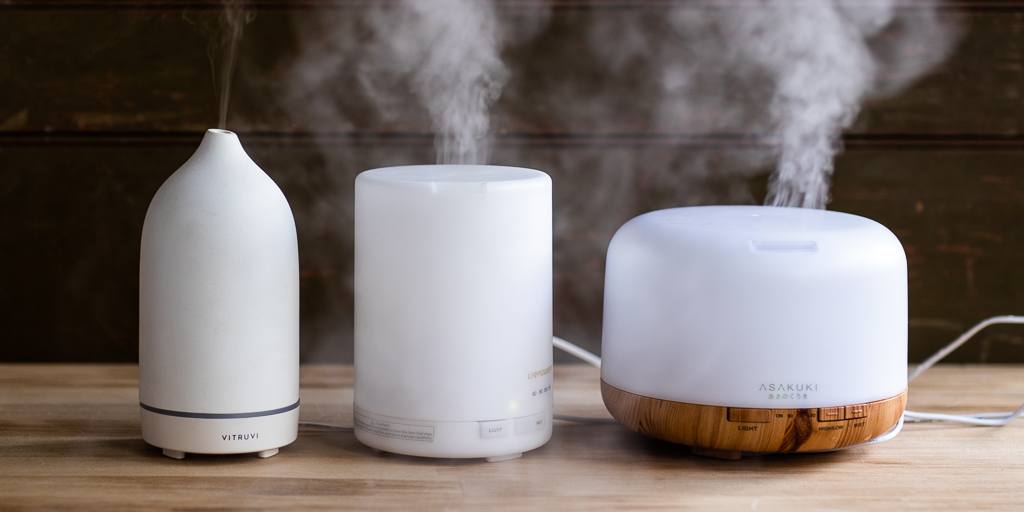

Many essential oils irritate the skin if applied neat, without being diluted in a base or carrier, oil, or other lotion. If you spill an essential oil, it can strip away varnish on furniture and stain fabrics such as carpets and bedding. Here are some tips for dealing with essential oil spillages and accidents and for cleaning diffusers and burners:
- Accidentally ingesting oils Drink milk to dilute the oil and get medical advice quickly (see the box, below, for general information on ingesting essential oils).
- Spilling oil on skin Quickly pour on vegetable oil to dilute the essential oil: use sunflower, olive oil, or any other cooking or base oil. Once you’ve diluted the oil, gently wash the area with soapy water. If you don’t have vegetable oil on hand, rinse the area with plenty of cold water.
- Splashing oil in the eyes Rinse the eye with milk or, if you don’t have milk, flush the area with plenty of cool water, then seek urgent medical advice.
- Spills on furniture Wearing gloves, mop up spills immediately with paper towels, then wash the area with soapy water. If a surface is damaged, you may need to repair or revarnish. Put bottles on saucers or tubs, not directly on furniture.
- Spills on soft furnishings and bedding Apply a stain remover for oil stains and then wash with detergent.
- To clean an essential oil burner or diffuser Wipe with a cloth soaked in mineral spirits or white vinegar, then use a cloth dipped in soapy water to get rid of the vinegary smell. Rinse out the cloth; give the diffuser or burner a final wipe to remove any soapy residues.
2. Medical Conditions
Essential oils are generally safe to use with medical conditions, but there are some cases where caution is needed. There have been concerns that oils should be avoided with hypertension, but there is no evidence for this:
- If you have asthma, avoid directly inhaling vapor in a steam inhalation (use a diffuser instead) and use essential oils well diluted.
- If you have epilepsy, avoid hyssop and wormwood oils.
- For atopic children (with a tendency to allergic reactions or a family history of allergic responses), or those with hypersensitive skin, use no more than 1 percent essential oils in a blend and do a patch test first.
3. Pregnancy and Breastfeeding


There are a few essential oils that should be avoided in pregnancy and when breastfeeding. They may be too stimulating in the early weeks of pregnancy, as is the case with sage, or oil may have a level of toxicity, as is the case with basil. The skin can be hypersensitive in pregnancy, so oils such as cinnamon bark oil should be avoided. The following essential oils are safe to use in pregnancy and when breastfeeding:
- Anthemis nobilis—Roman chamomile
- Boswellia carterii/sacra— Frankincense
- Cananga odorata— Ylang-ylang
- Cedrus atlantica—Cedarwood
- Citrus aurantifolia—Lime
- Citrus aurantium, Citrus aurantium amara– Neroli/Petitgrain
- Citrus aurantium bergamia— Bergamot (bergaptene-free)
- Citrus limonum — Lemon
- Citrus paradisi—Grapefruit
- Citrus reticulata — Mandarin
- Citrus sinensis—Orange
- Coriandrum sativum—Coriander
- Cupressus sempervirens— Cypress
- Cymbopogon martinii—Palmarosa
- Elettaria cardamomum—Cardamom
- Eucalyptus globulus/radiata— Eucalyptus
- Helichrysum italicum — Helichrysum (Immortelle)
- Lavandula angustifolia— Lavender
- Matricaria recutita—Chamomile (blue)
- Melaleuca quinquenervia—Niaouli
- Origanum marjorana— Marjoram
- Pelargonium graveolens— Geranium
- Piper nigrum—Black pepper
- Pogostemon cablin— Patchouli
- Rosa centifolia—Rose absolute
- Thymus vulgaris CT linalool—Thyme
- Vetiveria zizanoides— Vetiver
- Zingiber officinale— Ginger
NOTE: Check the botanical name on the label since different varieties of a plant may not be safe in pregnancy.
4. Babies and Children
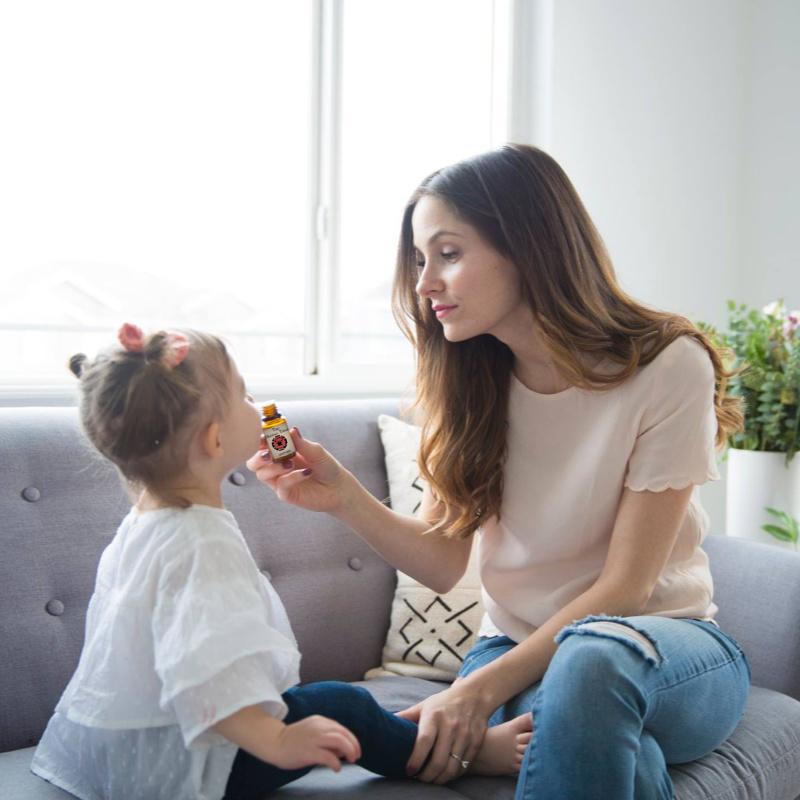

Be cautious about using oils on young infants as their skin is sensitive and very permeable, and babies can struggle to deal with adverse effects. Diffusers can be the best way to use oils with infants. Guidelines for Babies and Children:
- Premature babies and infants up to 3 months old Essential oils aren’t recommended on the skin. Use simple base oils such as olive and grape seed.
- 3–6 months old Use only lavender or Roman chamomile. Dilute at 0.25 percent: 2 drops of essential oil to 2 tablespoons of base oil.
- 6–12 months old Use only chamomile, Roman chamomile, lavender, neroli, mandarin, or rose absolute. Dilute at 0.5 percent: 4 drops of essential oil to 2 tablespoons of base oil.
- 1–6 years old Use only oils listed in the A–Z as nontoxic and nonirritant. Dilute at 1 percent: 8 drops of essential oil to 2 tablespoons of base oil.
- 7–15 years old Use only oils listed as nontoxic and nonirritant. Dilute at 1.5 percent: 12 drops of essential oil to 2 tablespoons of base oil.
5. Doing a Patch Test
If you have sensitive skin or you have never used a particular essential oil, or blend of essential oils before on your skin, do a patch test before using the oil the first time to check that you won’t have an adverse reaction.
To do a patch test, make up the oil blend using the blending guidelines in the table, right. Apply a small amount to the inside of your elbow and wait for 24 hours. If no redness or irritation occurs, you can then try using the blend on a larger area of skin.
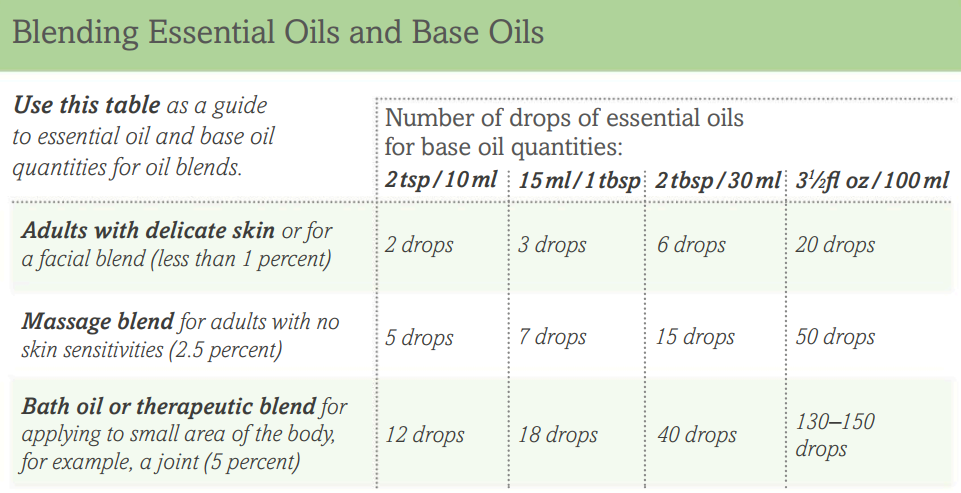


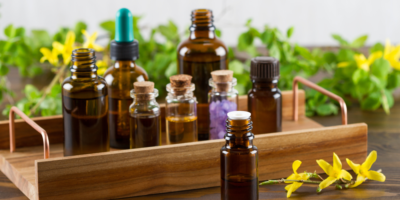
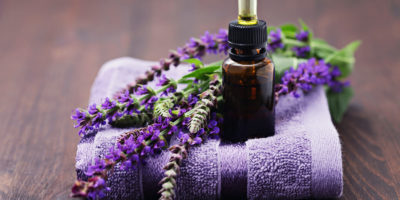
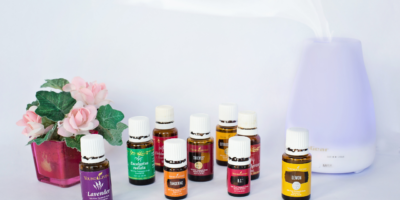


Leave a Reply